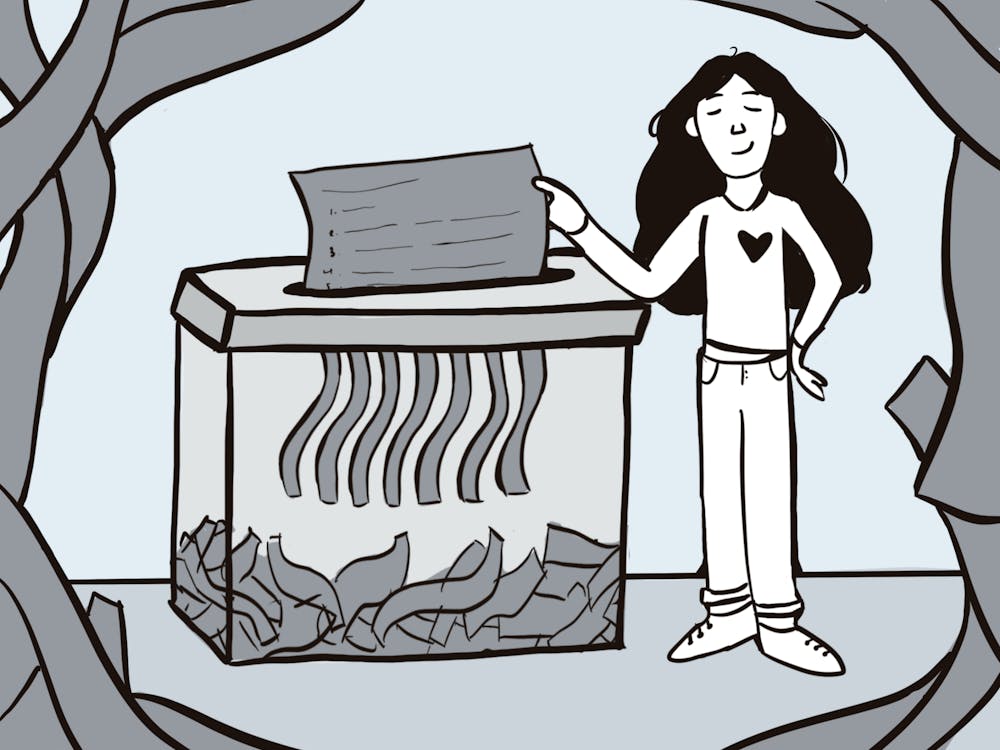Now, anyone who is an electrical engineer or just smarter than me can stop reading right now (no one needs to make a comment on how large a group of people that describes). I am about to spend quite a lot of time describing something very basic. Hopefully there are people out there who are getting up off their hands and knees, having just stared down their outlets, who will appreciate this foray into mediocrity.
Otherwise, I guess it shall just be me talking to myself for the next 600 words, but when is it not really? Truly the worst part of all this is that I had to look up most of this information because my parents didn’t raise me with a basic understanding of how most household appliances work. I believe it can be safely said that I had a horrible childhood.
So the reason most electrical plugs are at least two-pronged is that one wire is “hot” (the right one) and the other one is “neutral.” Together with the plug itself they complete a circuit, and electricity can flow. If you have trouble remembering which is which just remember that the hot one is the smaller one because in America even our outlets reinforce negative body imagery. Of course the actual reason it is called a hot wire is because it carries current from the source to the object you are trying to power though the neutral wire also carries current, albeit back to the source.
Some of you might be saying, “Wait, but don’t some plugs have three prongs on them?” Though most of you are probably saying, “Wait, is this entire article actually going to be about wiring?” But that’s okay because both answers are yes.
The third wire that some plugs have is called a ground wire, and, unsurprisingly, it is a grounding wire because it brings current to ground. The neutral wire also does this, but unlike the neutral wire the ground wire doesn’t carry any current, in fact it doesn’t connect to the circuit it all.
“So what does it do?” you ask. “Does it just sit there all useless and sad like a Band-Aid on a broken arm? Does it just spend each day staring at the other wires wondering why it isn’t doing more with its life?” No, that’s just me.
The ground wire is in fact exceptionally important. Should the insulating covering on either the neutral or hot wire wear thin or should either wire fray, very bad things could happen. “That’s so ominous, what could it possibly be?” I hear you say, and I congratulate you on your excellent questions. Truly I couldn’t have come up with better ones myself.
The problem with fraying wires is that, should any parts of the circuit come in contact with the casing of the object it’s supplying electricity to, one of your household appliances could go live. That isn’t to say your kitchen will suddenly start to reenact The Brave Little Toaster, but you could electrocute yourself just by touching your hair dryer. Either way, however, someone will end up crying.
So in general, although I can’t speak for everybody — “You can’t?” No I can’t, dear reader — I believe that people don’t want to get electrocuted. So why aren’t all plugs three-pronged? Well, there are two main reasons.
One is that some appliances are doubly insulated, which means that there is an inner casing which may come into contact with a current carrying wire, as well as an outer casing which cannot.
Often this outer casing will be made of a non-conductive material as well, such as plastic. The other reason is that the requirement for grounding in electronics wasn’t enacted till the 60s. So if you see a cool vintage toaster with a two prong plug and are just dying to try it out, don’t... unless I should take what you say more literally.























Please note All comments are eligible for publication in The News-Letter.